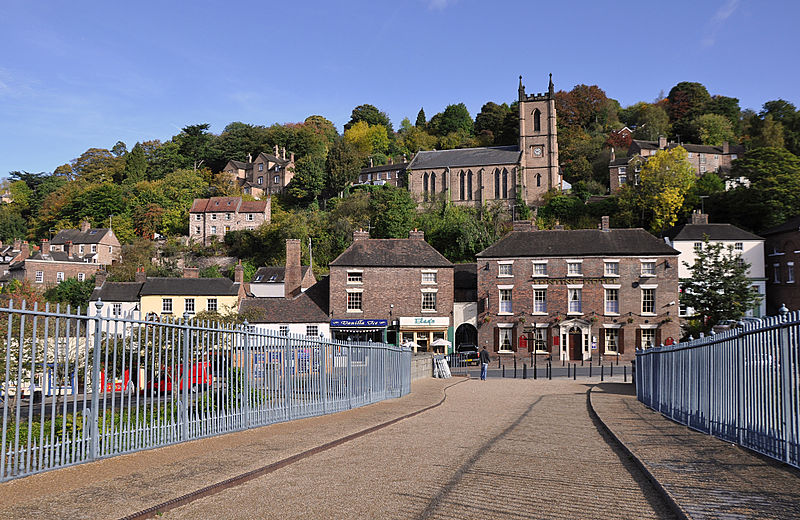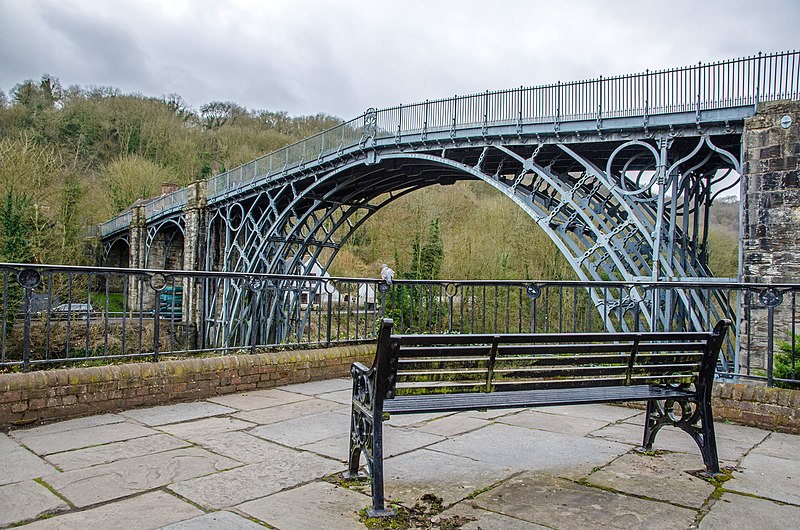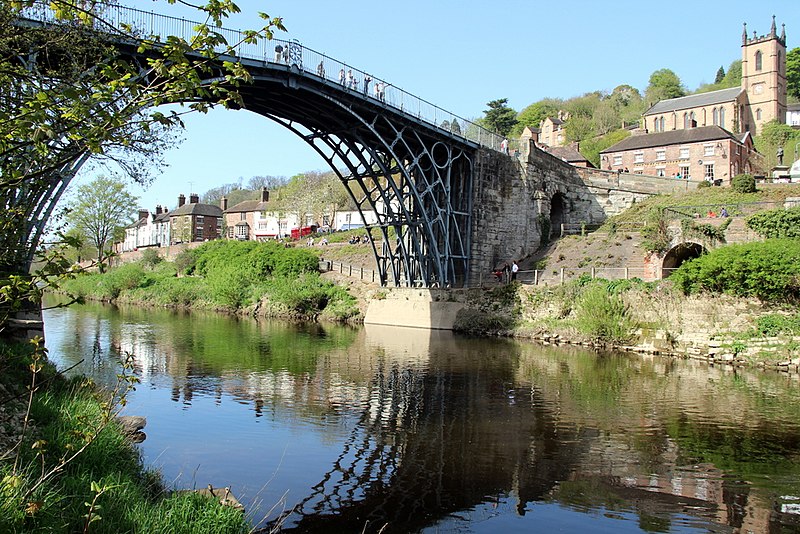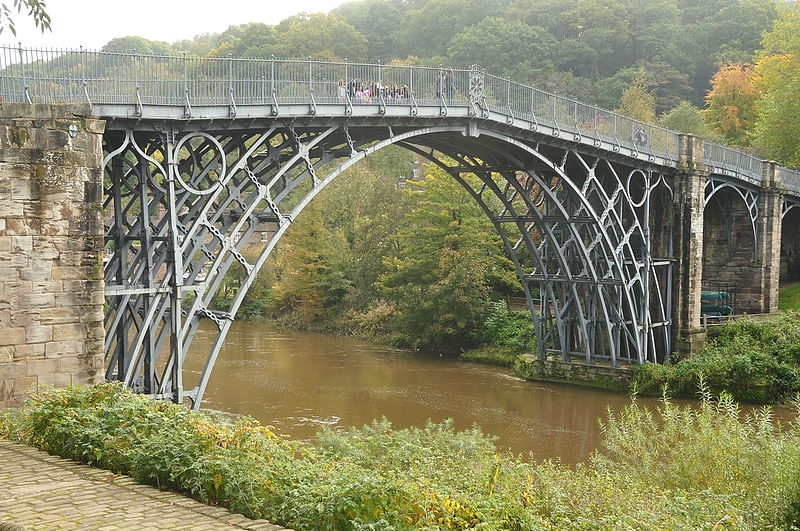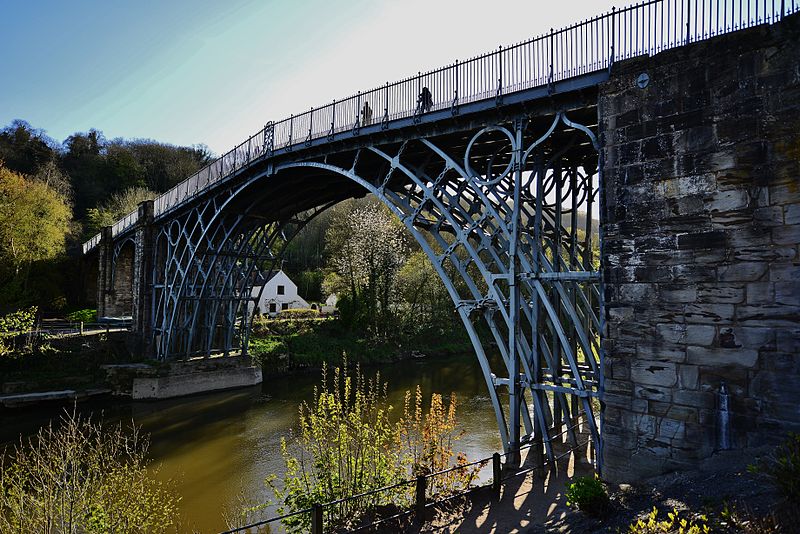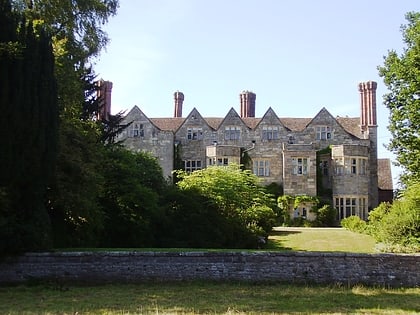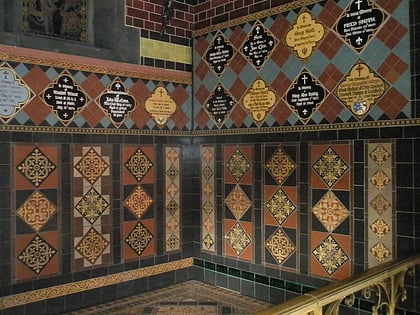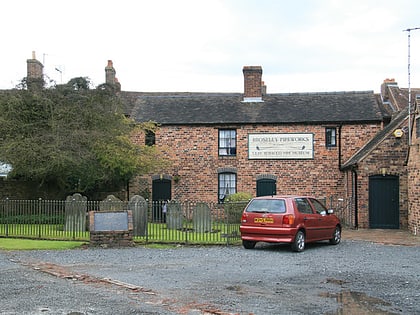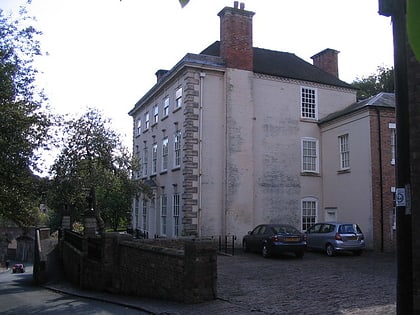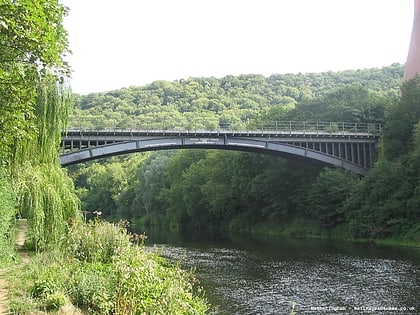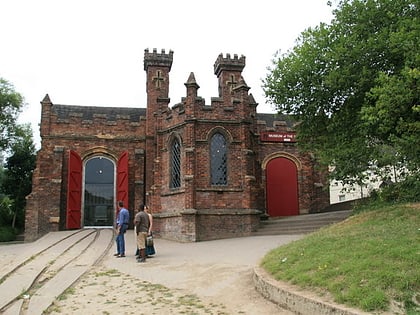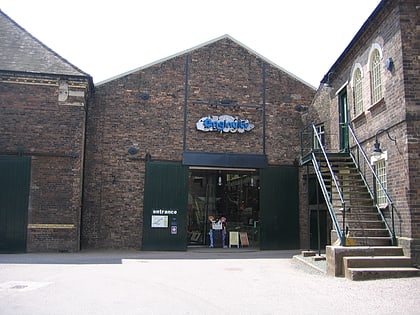The Iron Bridge, Ironbridge
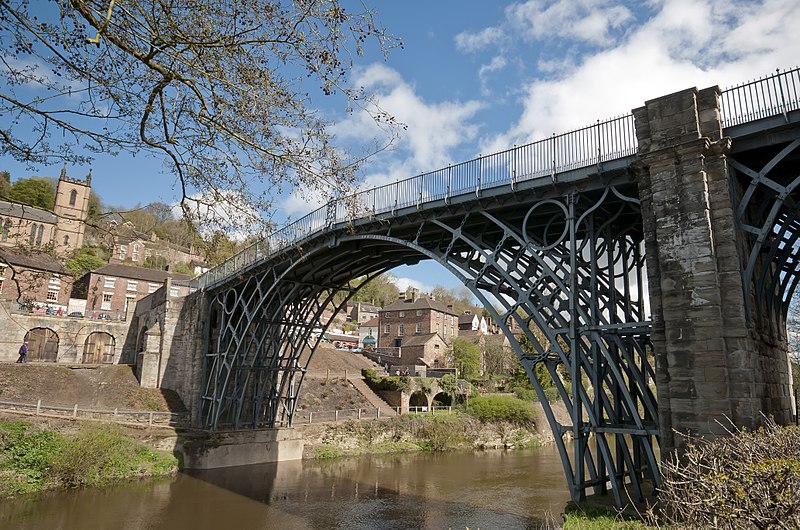
Facts and practical information
The Iron Bridge stands as a testament to the dawn of the industrial revolution, located in the quaint village of Ironbridge, Shropshire, England. Constructed in 1779 and opened to the public in 1781, it was the first arch bridge in the world to be made of cast iron, marking a pivotal moment in engineering and architectural history.
Spanning the River Severn with a length of 60 meters (200 feet) and a height of 30 meters (100 feet) above the river, the Iron Bridge is not only a marvel of the Industrial Age but also a UNESCO World Heritage Site. Its construction was funded by local industrialists and the bridge itself was designed by architect Thomas Farnolls Pritchard and built by Abraham Darby III.
As a symbol of the technological advancements of the 18th century, the Iron Bridge quickly became a symbol of progress and inspired the development of further iron structures around the world. Its iconic ribbed arch is a sight to behold and has become one of the United Kingdom's most cherished landmarks.
For tourists, the Iron Bridge and its surrounding area offer a rich historical experience. Visitors can walk across the bridge, which is now pedestrian-only, to appreciate its grandeur and the scenic views of the River Severn and the Ironbridge Gorge. The village of Ironbridge itself is part of the Ironbridge Gorge Museums, which includes ten museums that delve into the industrial history of the region, including the Museum of Iron and Blists Hill Victorian Town.
The Iron Bridge – popular in the area (distance from the attraction)
Nearby attractions include: Ironbridge Gorge, Merrythought, Benthall Hall, Jackfield Tile Museum.


